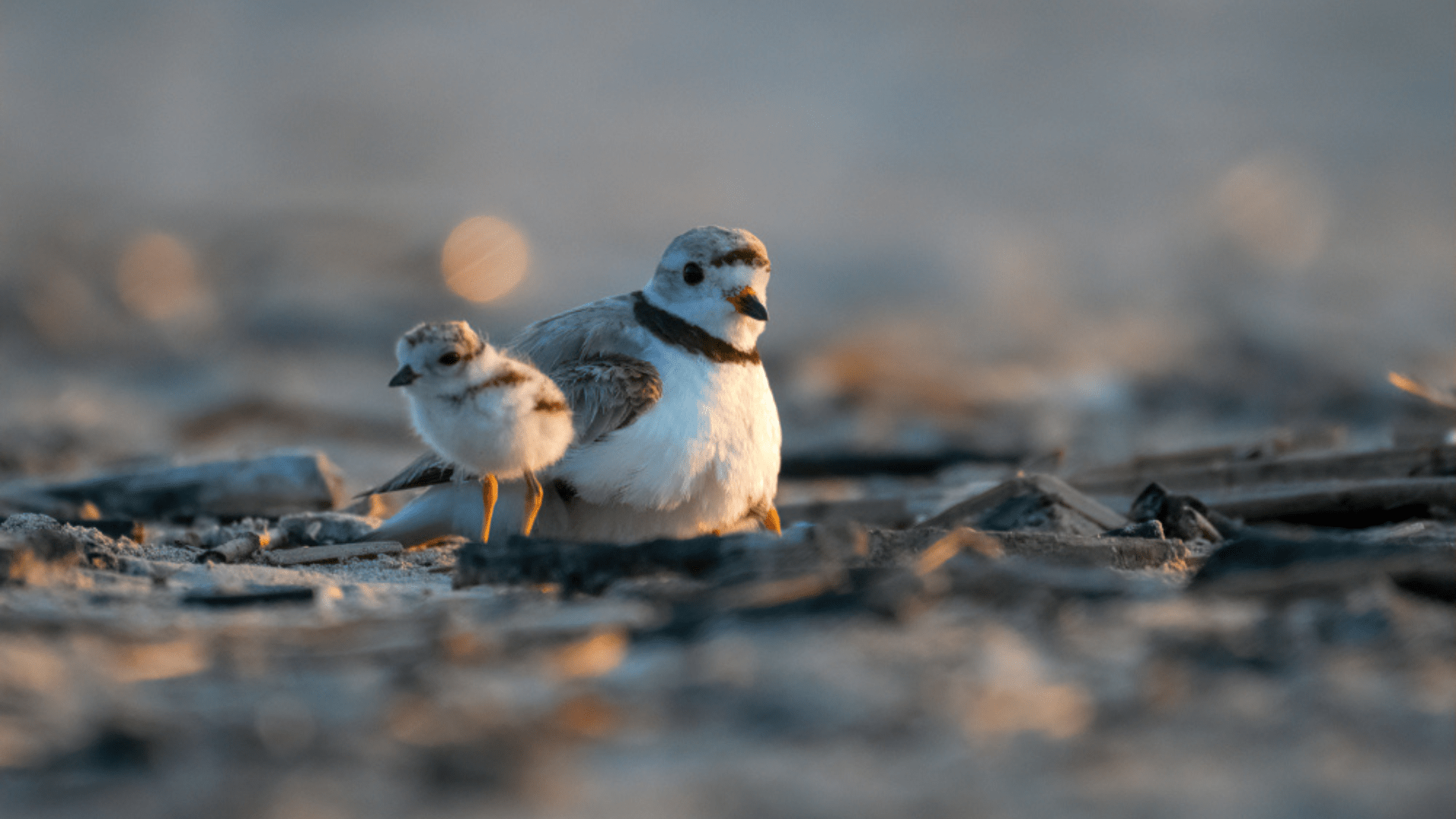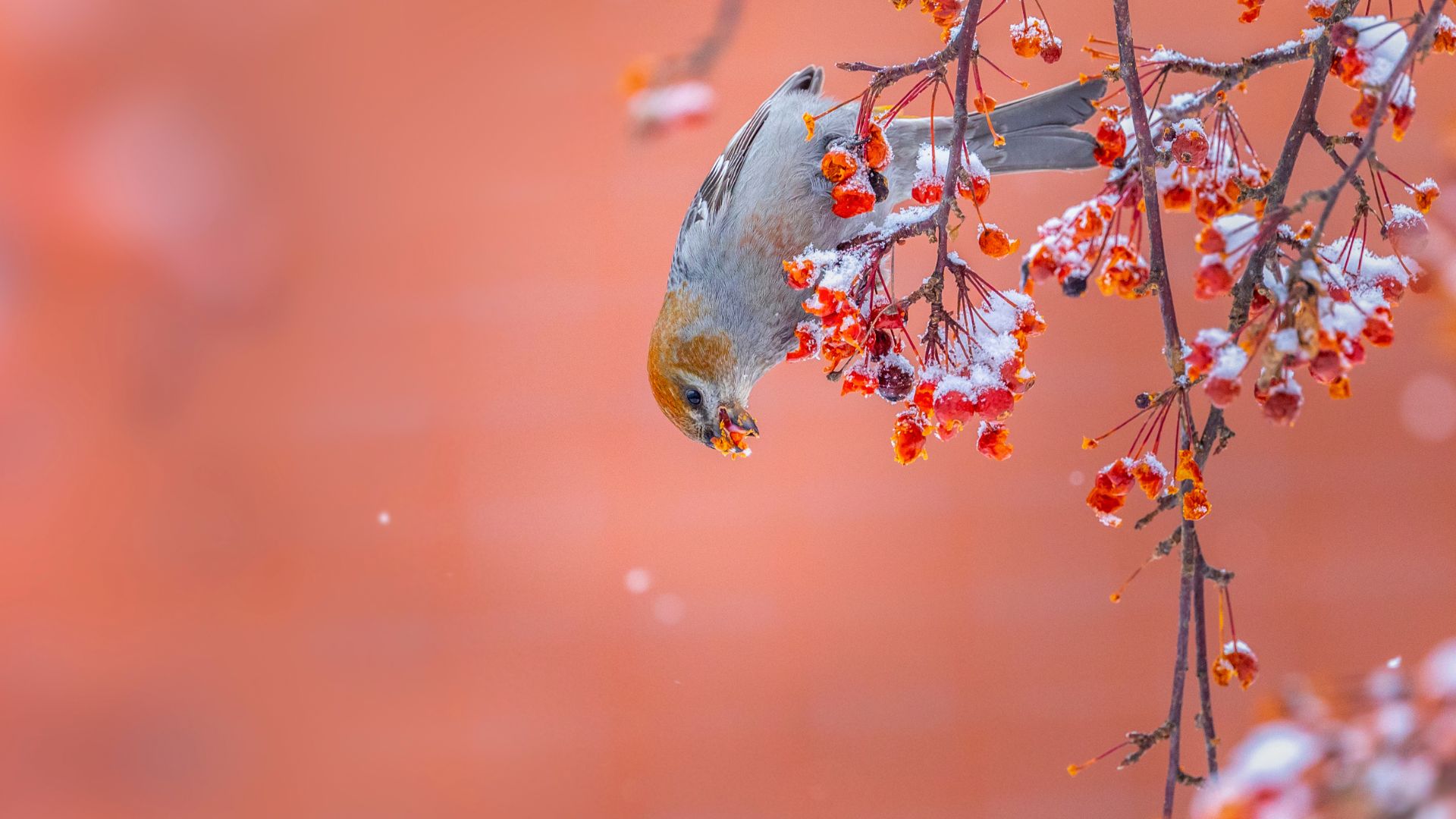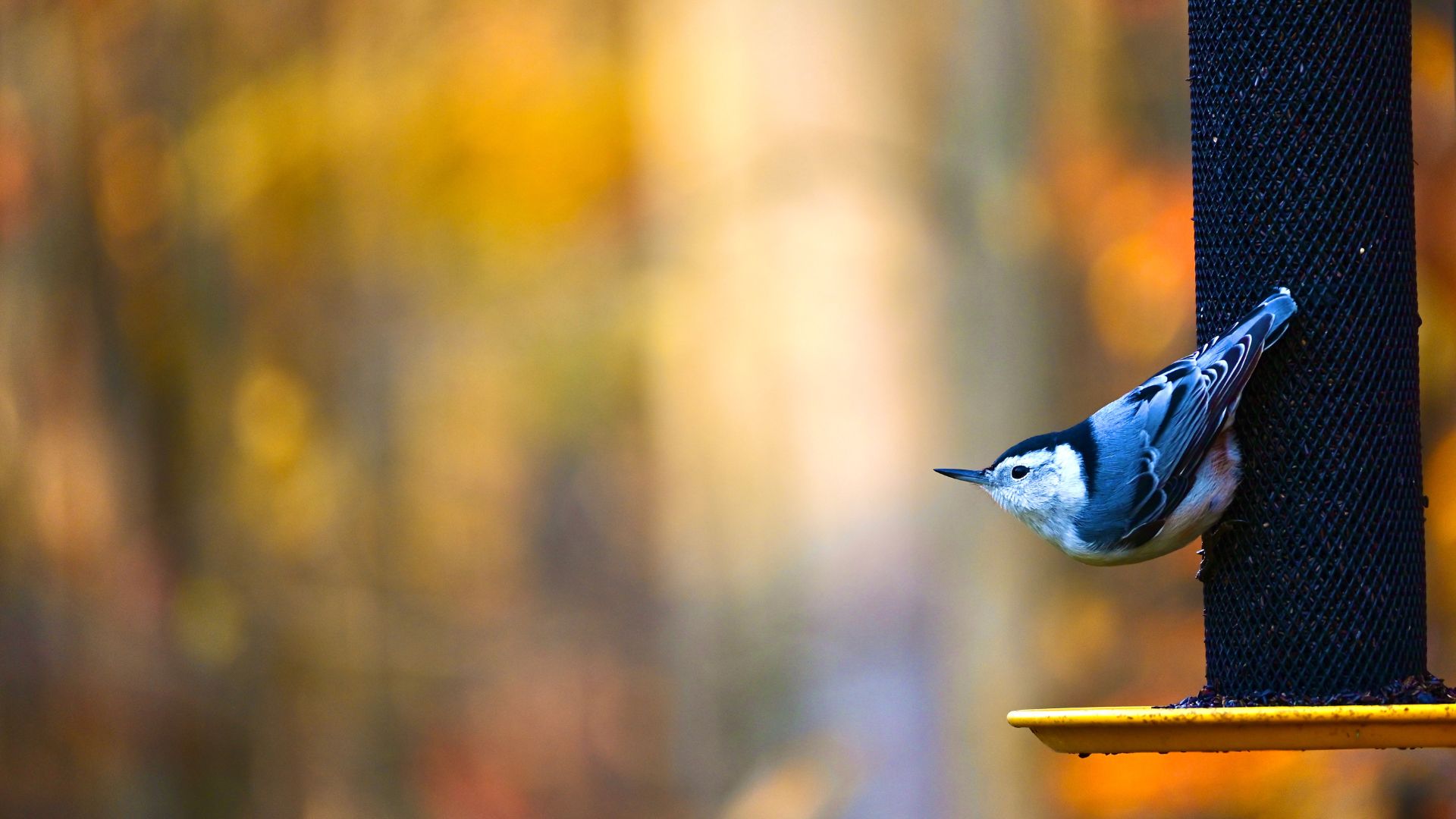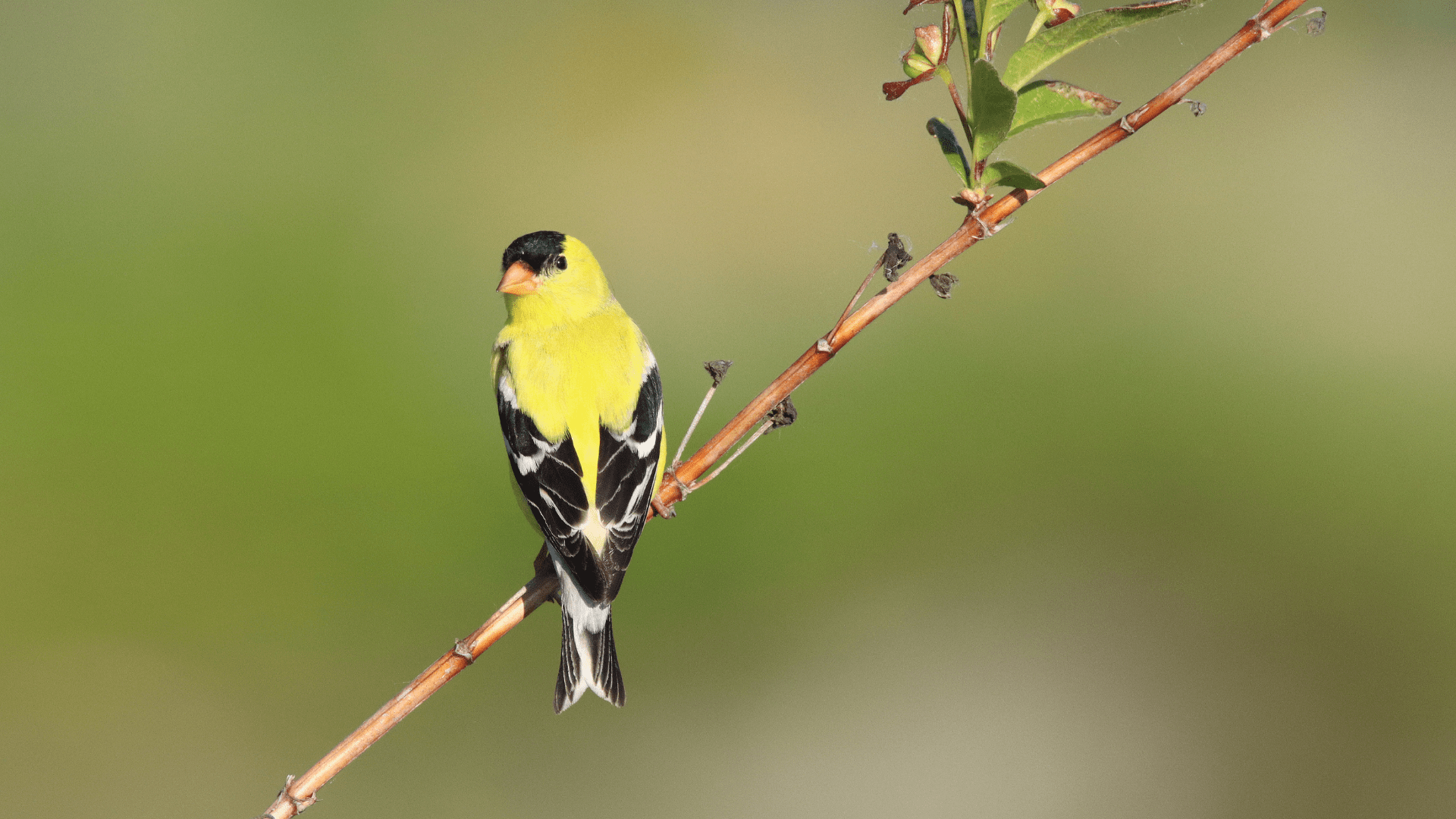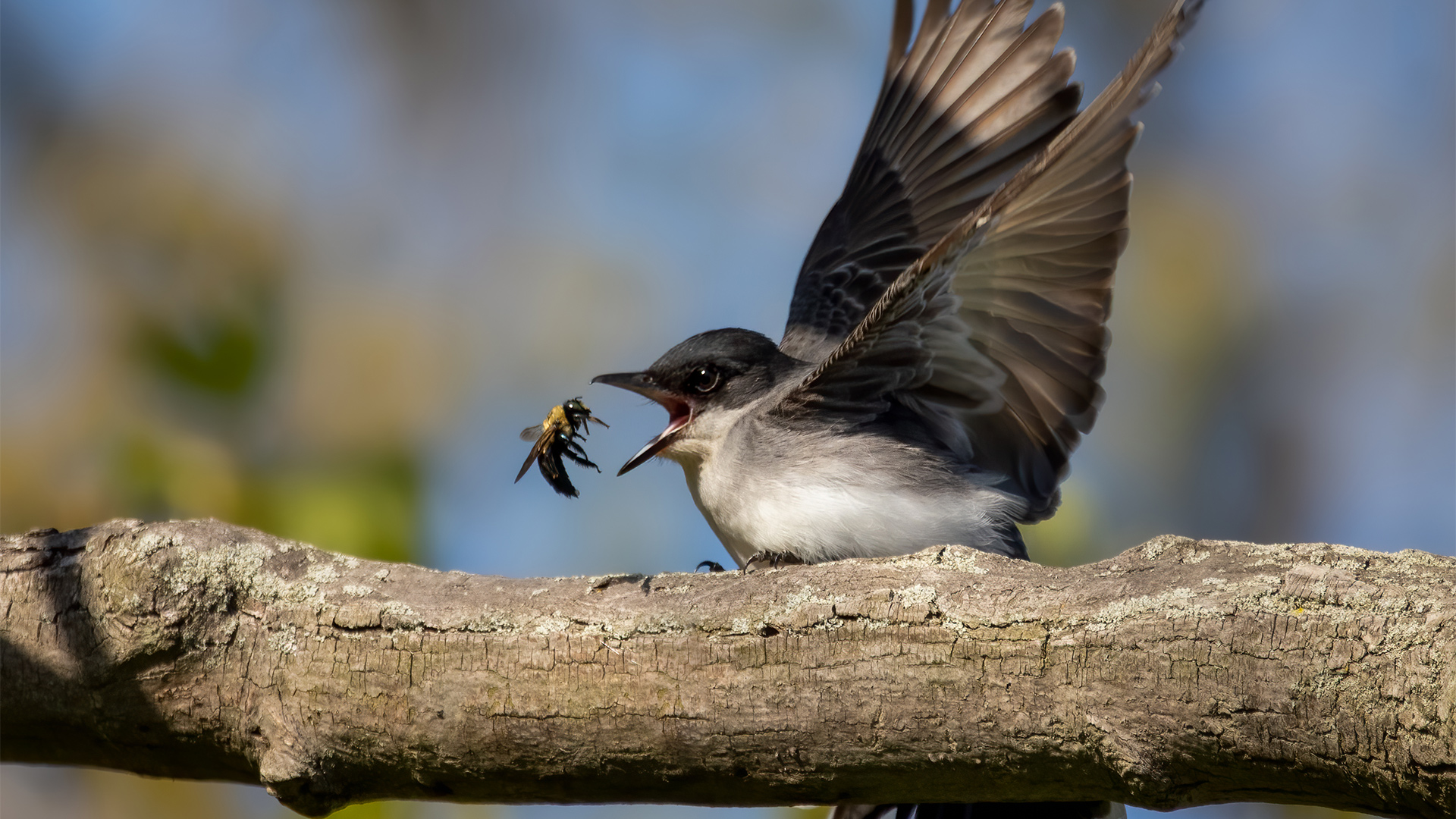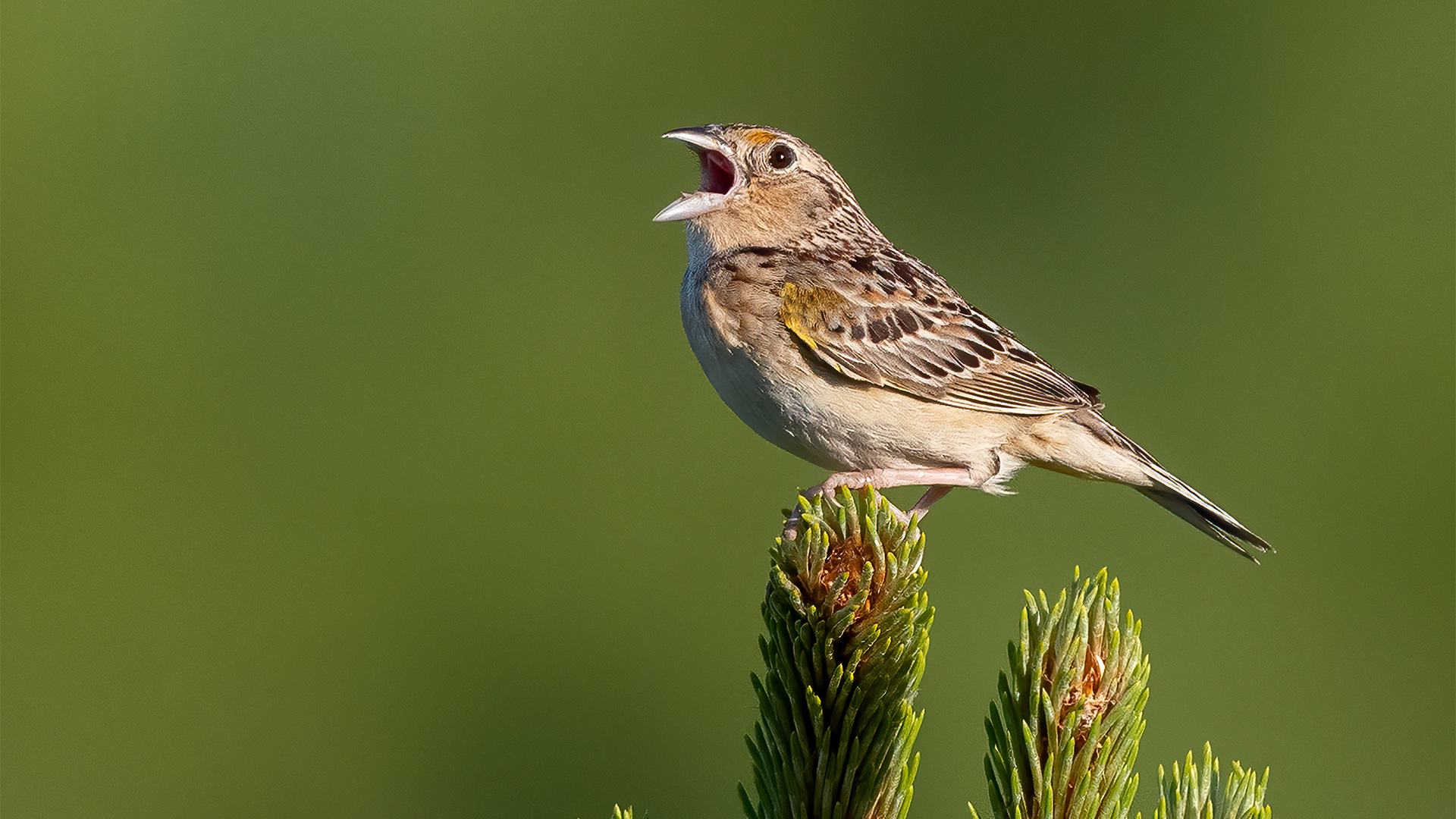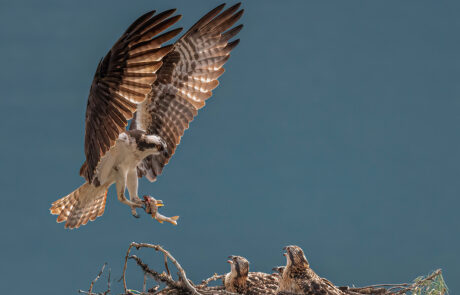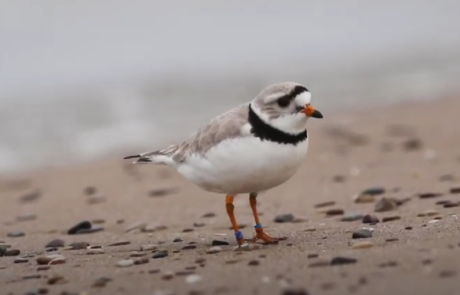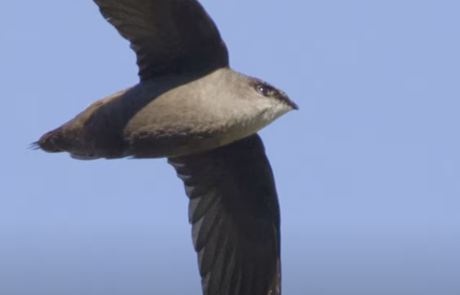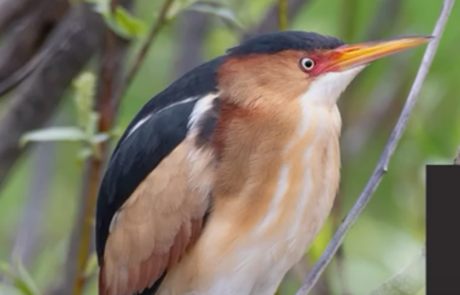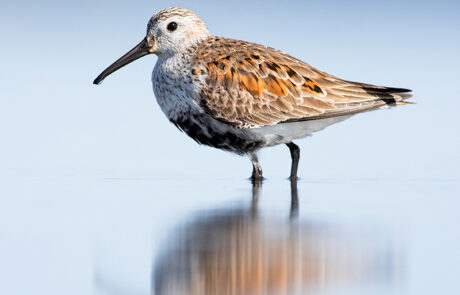Many projects use NatureCounts, and each has its own survey protocols that suit its needs. NatureCounts supports all these different protocols, while formatting the data in a standard way so it can be used together to support wide-reaching conservation efforts.
While every protocol is different, they can be roughly grouped into three types: checklist surveys, point counts, and individual surveys. A brief overview of each is provided below, and the following pages give a more in-depth introduction. For more specific information about the project you are participating in, see that project’s web portal or contact the project coordinator.
Checklist Surveys:
Checklist surveys are exactly what they sound like: an observer walks through an area and notes all birds they see or hear on a checklist. They may also record breeding evidence or other pieces of information, depending on the project. Some checklists surveys follow a prescribed route but others are free-form, allowing the observer to determine the route and duration.
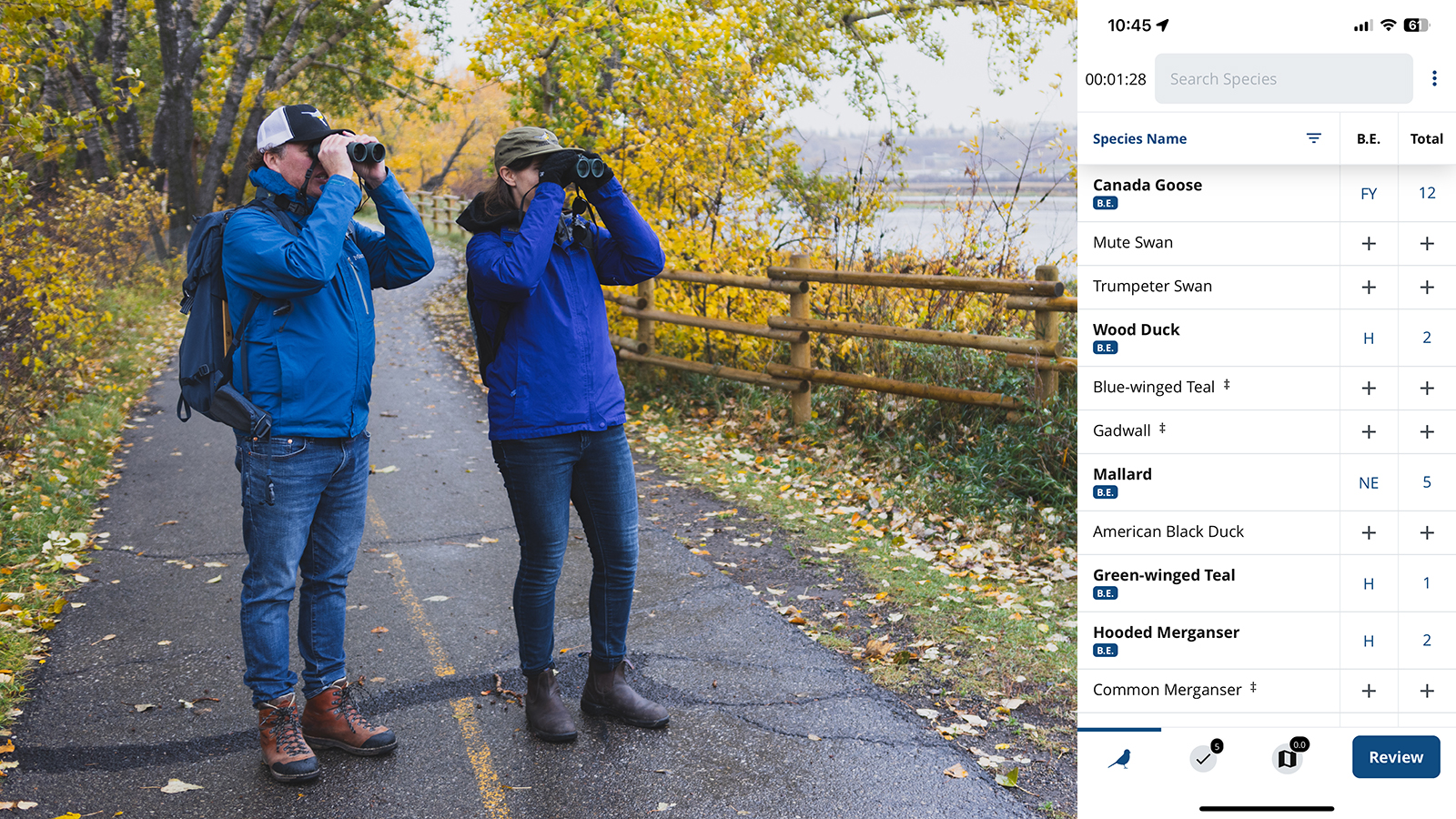
Photo: Kris Cu
Checklist surveys are used by projects such as breeding bird atlases, MarshWatch, the Christmas Bird Count for Kids, Long Point Bird Observatory, Swifts and Swallows, the Program for Regional and International Shorebird Monitoring (PRISM), and the British Columbia Coastal Waterbird Survey.
Point Counts:
A point count is a standardized method of surveying for birds in which the observer stands at a single location for a predetermined period of time, recording all birds they see or hear. The time period may be broken into smaller intervals, and birds are often grouped by their distance from the observer. Breeding evidence or other variables may also be recorded.
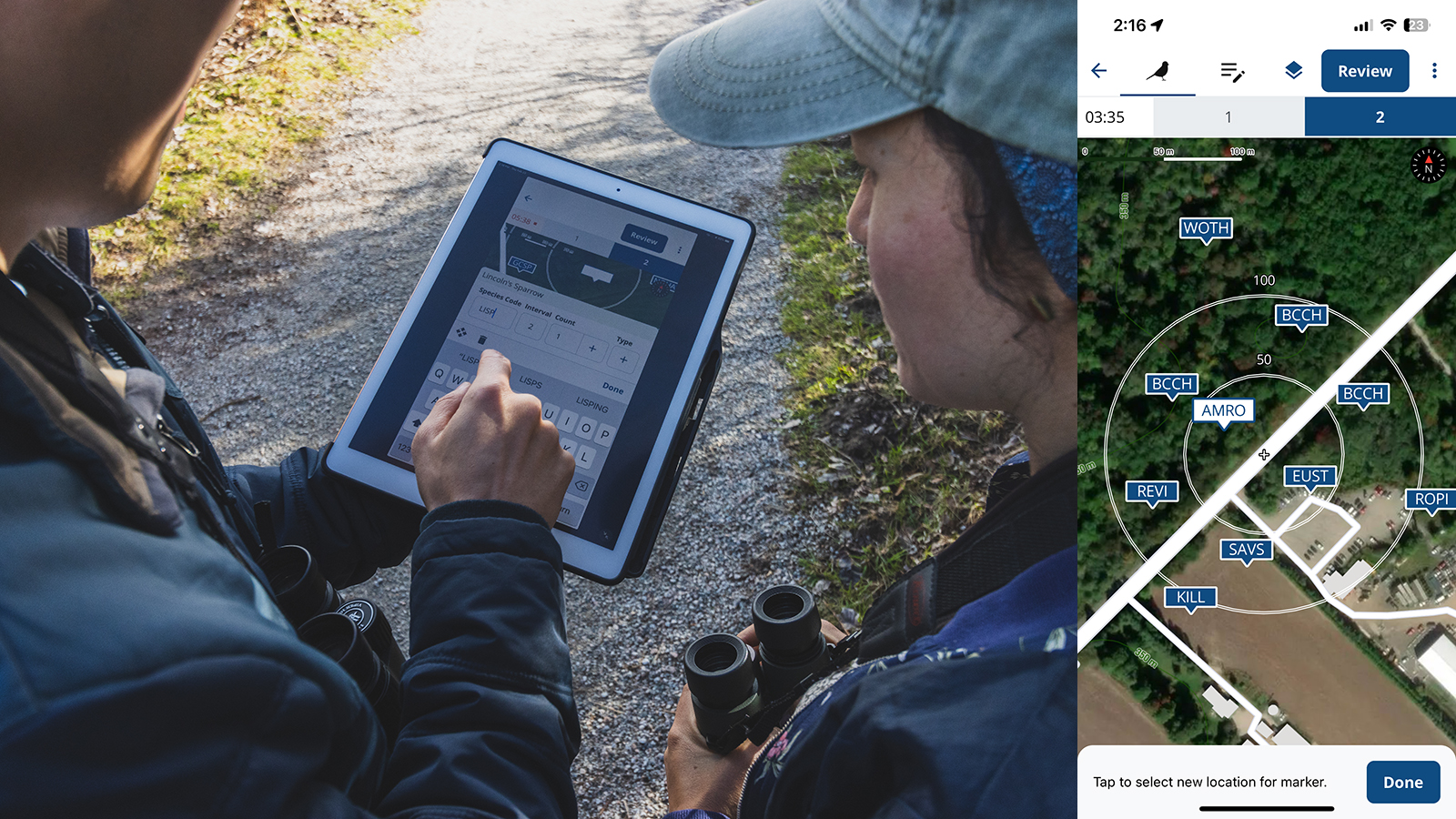
Photo: Kris Cu
Point counts are used by projects such as breeding bird atlases, the Ontario Forest Bird Monitoring Program, and the American Woodcock Singing Ground Survey.
Individual Surveys:
Some projects collect detailed information on each individual bird that is encountered. Often these projects focus on specific species or groups of species, where relatively few birds are observed and each individual is treated as its own separate record.
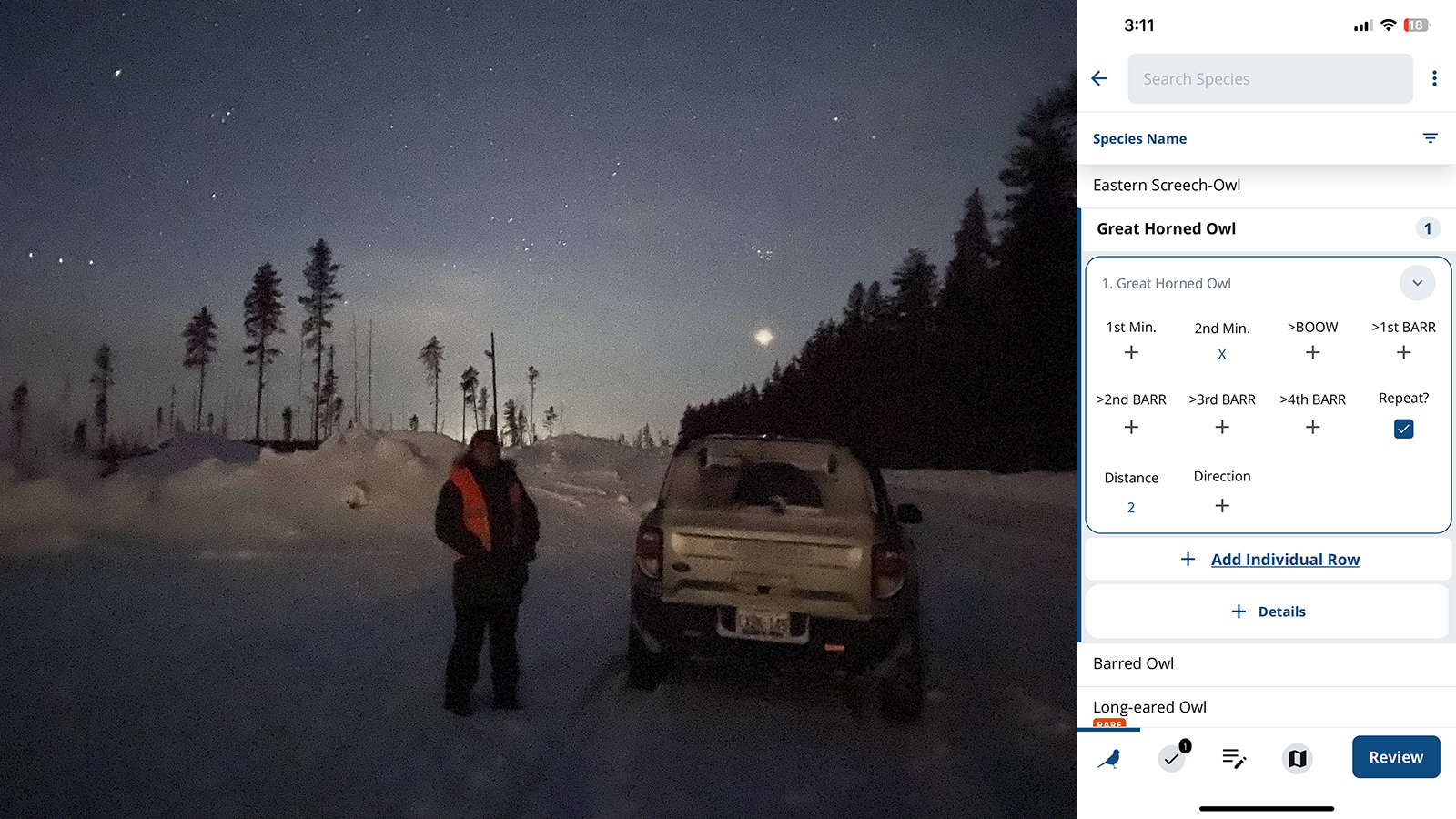
Photo: Roxane Filion
Individual surveys are used for programs such as the Nocturnal Owl Survey, the Canadian Nightjar Survey, and some breeding bird atlas special surveys.
Getting Familiar with Protocols:
The following sections introduce the basics of these common protocols in the NatureCounts app. Before venturing into the field to collect data for the first time, you may find it useful to work through your project’s protocol at home. You can do this at any time – just make sure you don’t submit your practice data!
Each protocol ends with a ‘Submit’ button. To avoid submitting practice data, simply don’t tap ‘Submit’ at the end of the protocol. Instead, you can delete the data by tapping the three dots in the upper right corner, then tapping ‘Discard’.
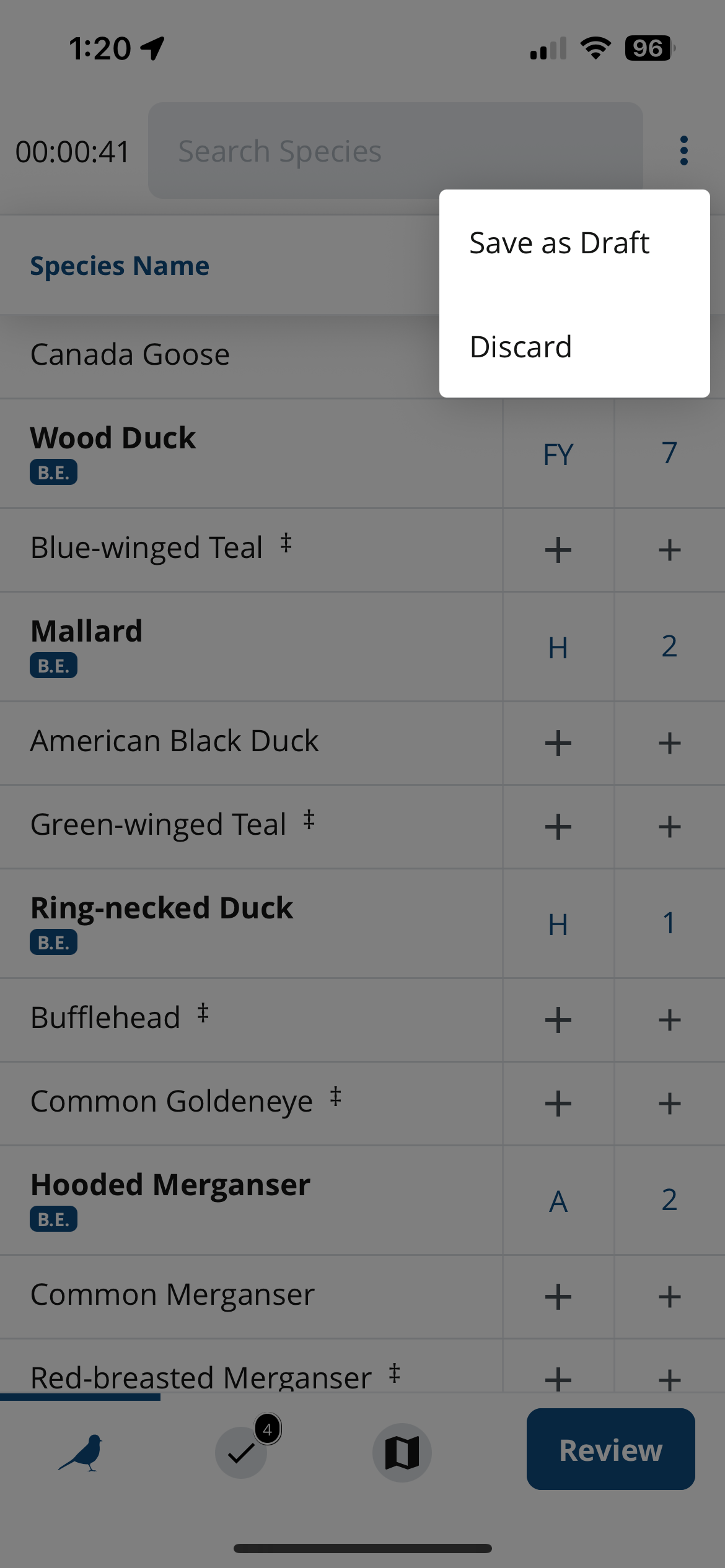
Next section: Selecting a Location


